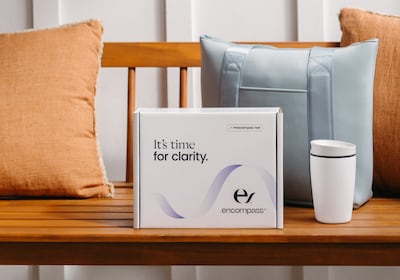Each year in the US, an estimated 1.2 million people are diagnosed with cancer. More than half a million died of it in 1999.
The disease, which costs the US economy $107 billion per year, according to the NIH, is often curable if it is detected at an early stage, when it is organ-confined and there are few or no symptoms. Existing tests, however, as well as being few in number, lack specificity and accuracy, and many are expensive and invasive, requiring physicians to slice or scrape tissue from patients
Read the full article – start your free trial today!
Join thousands of industry professionals who rely on Medtech Insight for daily insights
- Start your 7-day free trial
- Explore trusted news, analysis, and insights
- Access comprehensive global coverage
- Enjoy instant access – no credit card required
Already a subscriber?



